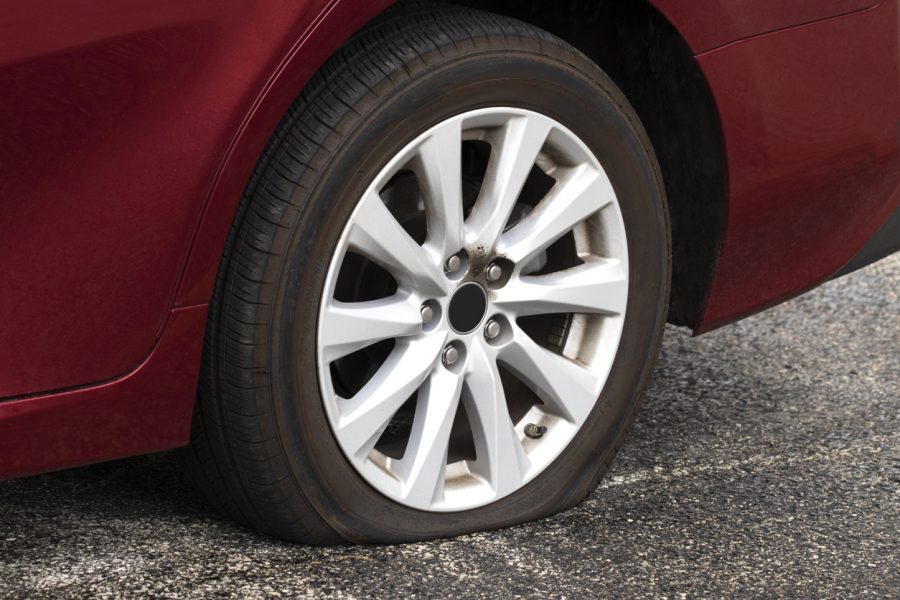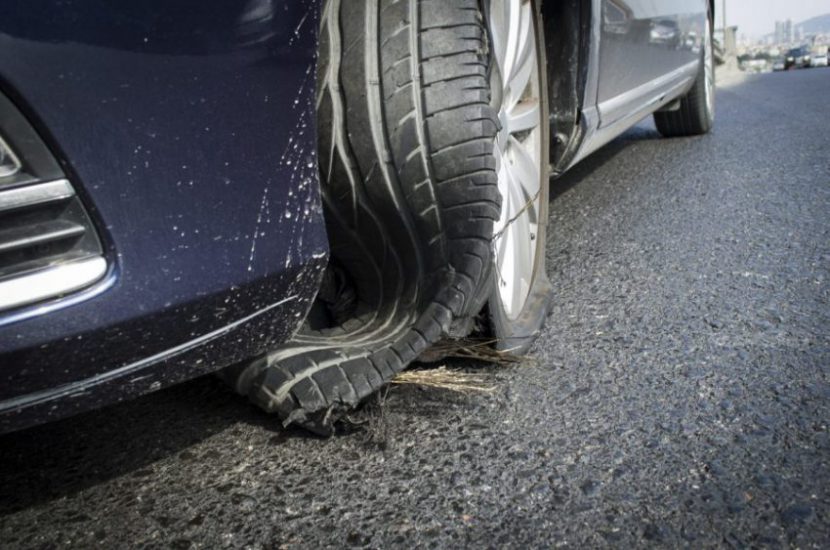
With winter approaching, tyres will play a critical role in how cars handle in colder conditions. New research by transport charity TyreSafe has found that 57 per cent of vehicles on UK roads have underinflated tyres.
Tyres determine how well a vehicle stops and steers. In slippery winter conditions, all the safety technology a modern car is fitted with will be pointless if it’s driving on underinflated tyres.
Here we look at why it’s so important for your tyres to have the correct amount of air in them.
Underinflated tyres wear more quickly
The TyreSafe research also reveals that British drivers waste between £600 million and £1 billion every year because of underinflated tyres.
If a tyre doesn’t have enough air in it, more of it is in contact with the road. This results in two things. First, friction between tyre and road increases meaning the engine needs more power to turn the wheels and so uses more fuel.
Second, underinflated tyres wear more heavily and will need replacing sooner than if they were at the recommended pressure.
Your car won’t handle as well
Vehicle makers set the recommended tyre pressures in close consultation with the tyre companies that supply them. Running an underinflated tyre will mean that the car won’t respond to your inputs through the steering wheel as well. It’ll feel sluggish and vague, wasting all those hours the car maker will have spent honing its handling.
Tyres are more likely to blow out
Tyres have a body or carcass made from a complex web of materials and steel belts. These are then supported by air. If the tyre doesn’t have enough air, its carcass will flex more than it’s designed to. This will cause heat to build up in the tyre.
The hotter the tyre runs, the more likely the structure is to fail. And it’ll fail suddenly, in the form of a blow-out.

What about overinflating tyres?
Some people think that overinflating tyres will help to reduce their friction with the road and therefore cut fuel consumption. That might be the theory but there are also some significant negatives to overinflation that more than outweigh the benefits.
Putting too much air into a tyre can be as dangerous as not having enough. By overinflating a tyre, you’re reducing the contact patch – the amount of tread – that’s touching the road. That will increase the car’s stopping distance if you need to brake heavily in an emergency.
As well as potentially putting driver and passengers at risk, it will also cause the tyres to wear unevenly. The centre of the tread area will wear down more quickly than the edges. That will mean even when the tyre is correctly inflated, it won’t be able to shift water from beneath itself as efficiently, reducing grip on a soaking surface.
How to find your tyre pressures
You will find some information about tyre pressures on the tyre itself. These are usually minimum and maximum pressures. What you need are the optimum pressures for your car. You will find these on the inside of the door shut, inside the fuel filler flap and in the car’s user manual.
It’s also worth remembering to choose the right pressure for the load. The heavier the load you’re planning to carry, the more air your tyres should have in them. You will find these higher pressures in the same place as the regular pressures.
I am planning to purchase a pre-owned car for my son. He will graduate from college next month, and I thought of surprising him with a nice gift. I will do your tips since I want to choose a car that will work perfectly fine for years to come.
get a ford fiesta but NOT an automatic transmission model
What’s your view on tyre age.
Whilst I agree that correct tyre pressure is a must.
Where do you go to check your tyres?
Most garages inflation equipment is not calibrated correctly and home equipment is the same.
Is it not time that all garages with this equipment are checked and fined if the equipment they have and we are using is not accurate.